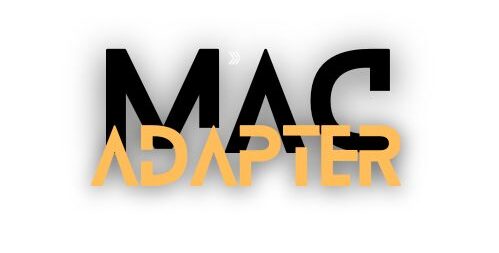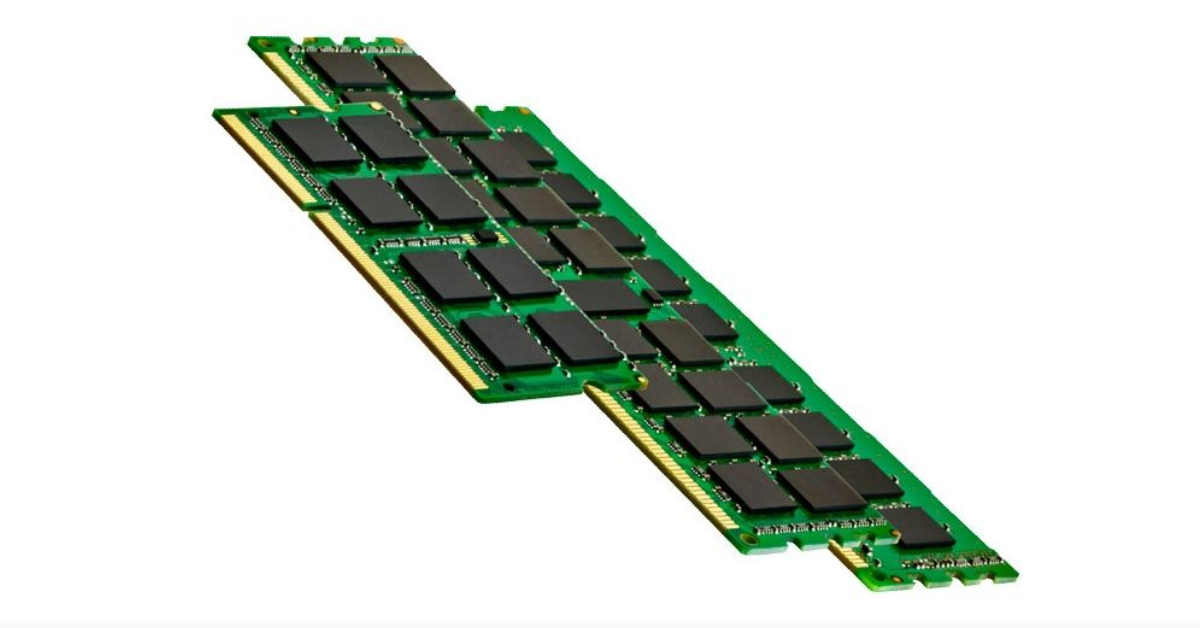If your Mac is Running Slow then Wen can increase the speed of MacBook Air with small efforts and by using or deleting some apps. If you are an Apple Lover then you will use Apple in all situations. Some apps and Programs Also Slow down the performance of MacBook When using high memory. You can fix it by using Small techniques.
Table of Contents
Steps that will help you to Increase Performance
1: Restart your Mac
It is Easy to Restart your Mac without Shutting it down. Restarting also gives the best performance and starts when you can save the information on your Mac and then it gives the best performance to your RAM. It can refresh the Aaps and Programs running in the background.
2: Use a limited number of Browsing tabs
Mostly people use many tabs thank make their browser and Mac slow down. Use Limited numbers of tabs that will Make it easy to use your Mac. A high number of tabs also Consume High Memory Making your Mac slow down.
You can find apps that use high memory this way:
1: Go to Finder then, click Applications > Utilities > Activity Monitor > then click the Memory tab and make your Mac efficient after seeing the list or memory using apps.
2: If you have opened many tabs then close them to speed up your memory.
3: Remove unused Apps
You can Speed Up your Mac by removing Unused apps. If you are still using a Hard Drive (HDD) instead of a Solid State Drive (SSD) then you should clean up spaces by removing unused apps.
4: Reduce Unused apps in your Dock
Every app in your Dock uses system resources to ensure faster access than through a Finder window. If your system is nearing its limits, reducing the number of apps in the Dock can help free up some resources. Additionally, you can go to System Preferences > Dock and uncheck the options for “Animate opening applications” and “Automatically hide and show the Dock” to further reduce the Dock’s RAM usage.
5: Update your Mac Memory
You might not have enough storage for the apps and programs you use. To check how much memory your Mac has if you’re using macOS® Sierra:
- Click the Apple logo in the Apple menu at the top of your screen.
- Select “About This Mac.”
6: Replace Your Hard Drive (HDD) with an SSD
Upgrading to an SSD can make everyday tasks up to six times faster compared to using a traditional hard drive. This means quicker boot times, faster program loading, and more efficient data transfers. Older Mac systems often come with outdated hard drives, which use moving parts that can fail and slow down performance. In contrast, SSDs use advanced flash memory to access data almost instantly, making them not only much faster but also more durable, reliable, and energy-efficient.
If your computer is struggling because apps are running out of resources, the solution is to upgrade your hardware. Software relies heavily on hardware to perform optimally, so focusing on upgrading components like storage can resolve these issues. The problem likely lies not with your Mac itself but with its components, which are easy to upgrade.

